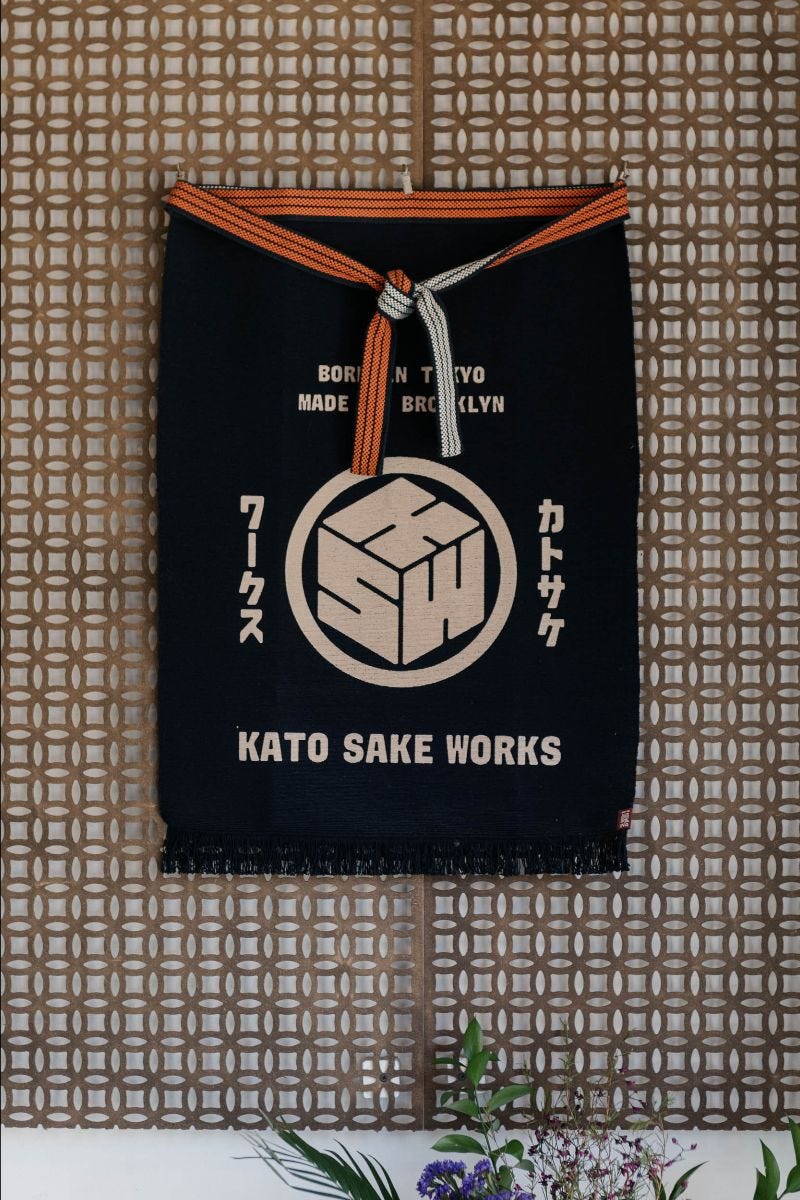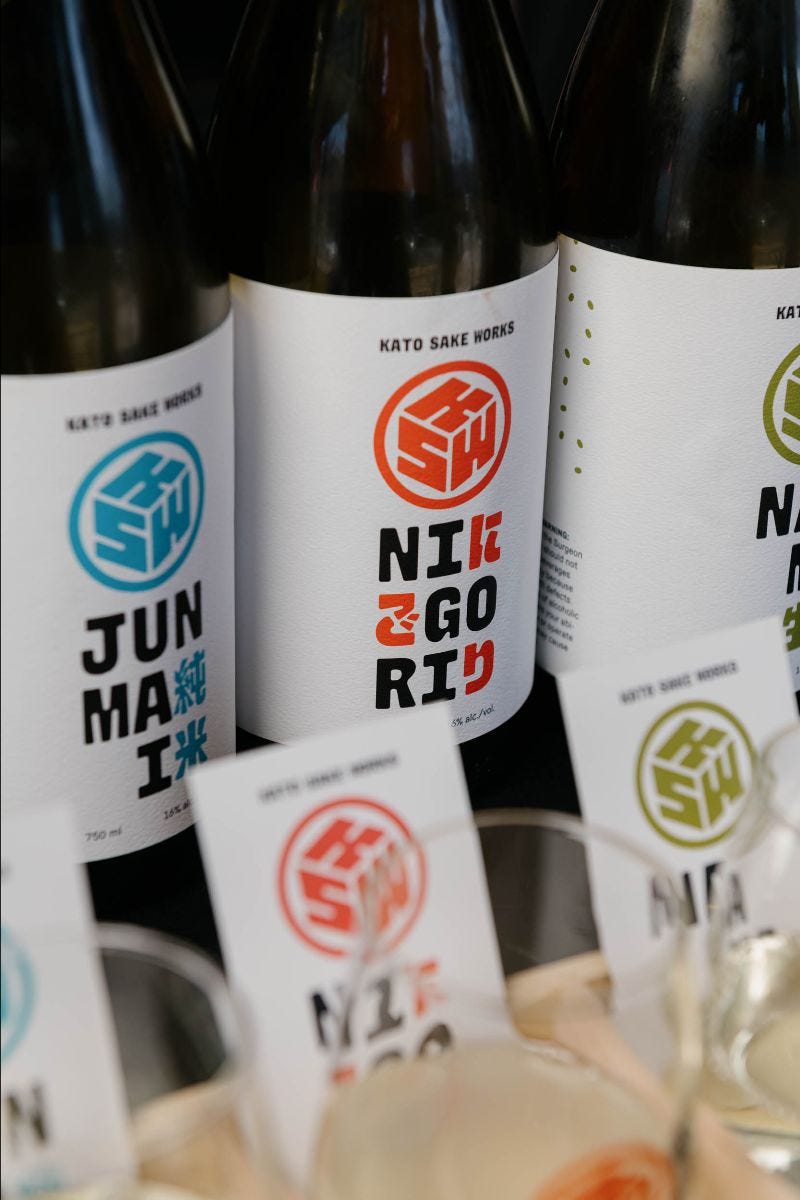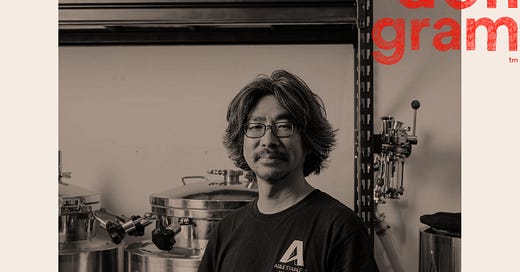From Tokyo to Nashville to Bushwick: How One Brewer Is Demystifying Sake

The Deligram is an ode to the artisanal food makers of New York. In our last issue, we spoke with FoxBread Bakery’s Daniel Skurnick, the Crown Heights-based chef making French pastries out of his apartment. This week, we’re featuring the sake brewer Shinobu Kato, who opened Kato Sake Works in Bushwick two years ago — and who, with the launch of the brand, has set out to demystify sake, one bottle at a time.
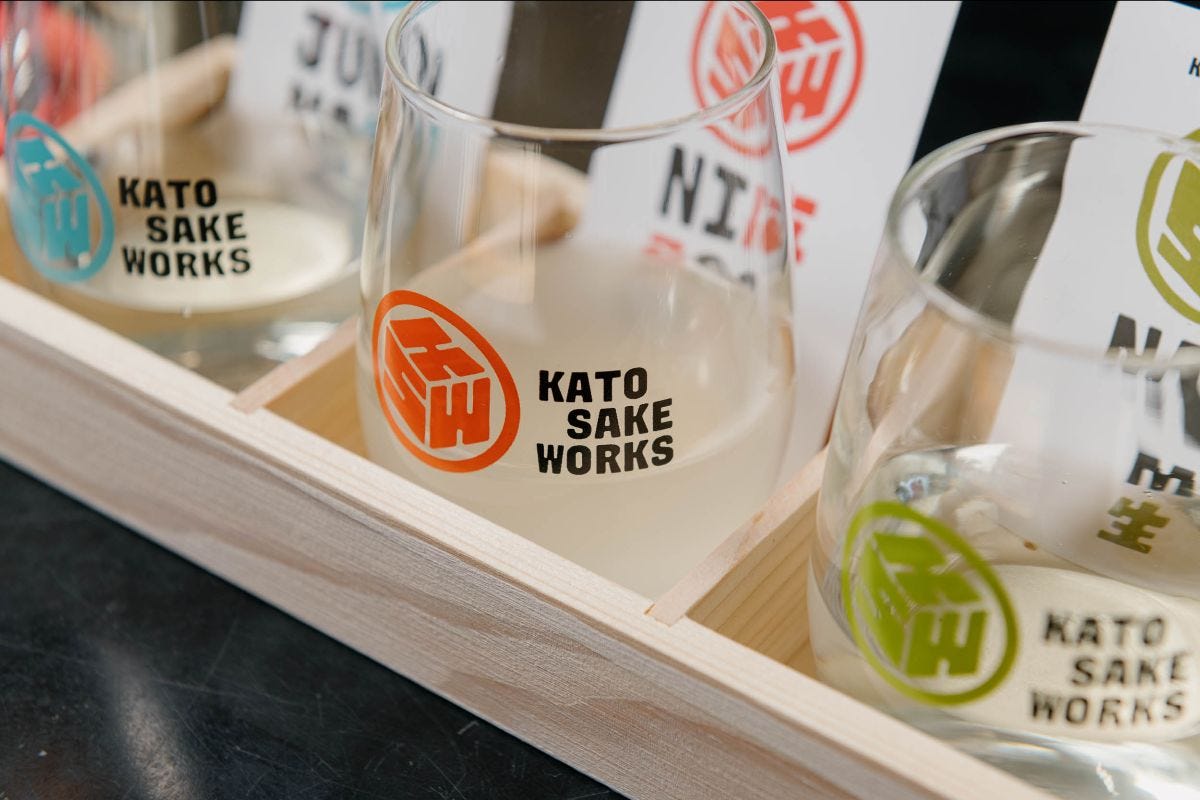
The Product: Handcrafted sake.
The Deli Pick: Kimoto "Live Starter" which is gently acidic and complex.
How To Buy: Order on katosakeworks.com for delivery within New York State, or visit their Bushwick brewery.
Price: $29-$45 for 750 ml bottles.
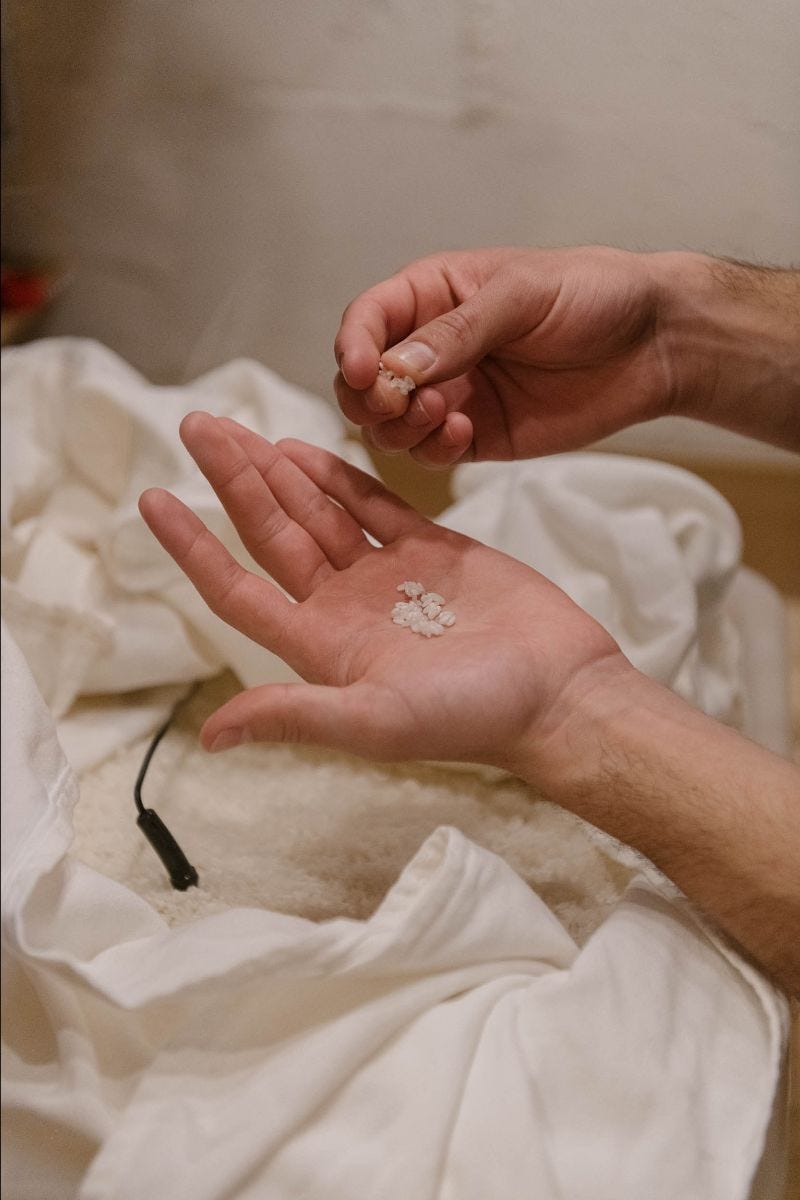


I was born and grew up in Tokyo, where sake is as casual as your beer or wine. We start from cheap sake as teenagers — you know, you just drink whatever’s available — and then graduate to better-quality craft sake. I moved to the U.S. for grad school, and I had a good friend who introduced me to crazy American college drinking. I had a bunch of cheap beer; now I drink nice, local breweries’ beer and natural wine.
I never thought about making sake. It’s illegal in Japan — [sake] is a heavily regulated industry. But here, it’s possible. While I was living in Nashville, Tennessee, all my friends did home [beer]-brewing, home winemaking. Seven or eight years ago, I had the idea, I might want to try making sake — nothing serious. (I had some advantage that I could read articles and books written in Japanese.) Everything handmade has its own unique character that is hard to find in the grocery store. Eventually my friends started asking, “Hey, can I buy a bottle? I want to bring your bottles to my family Thanksgiving dinner.”
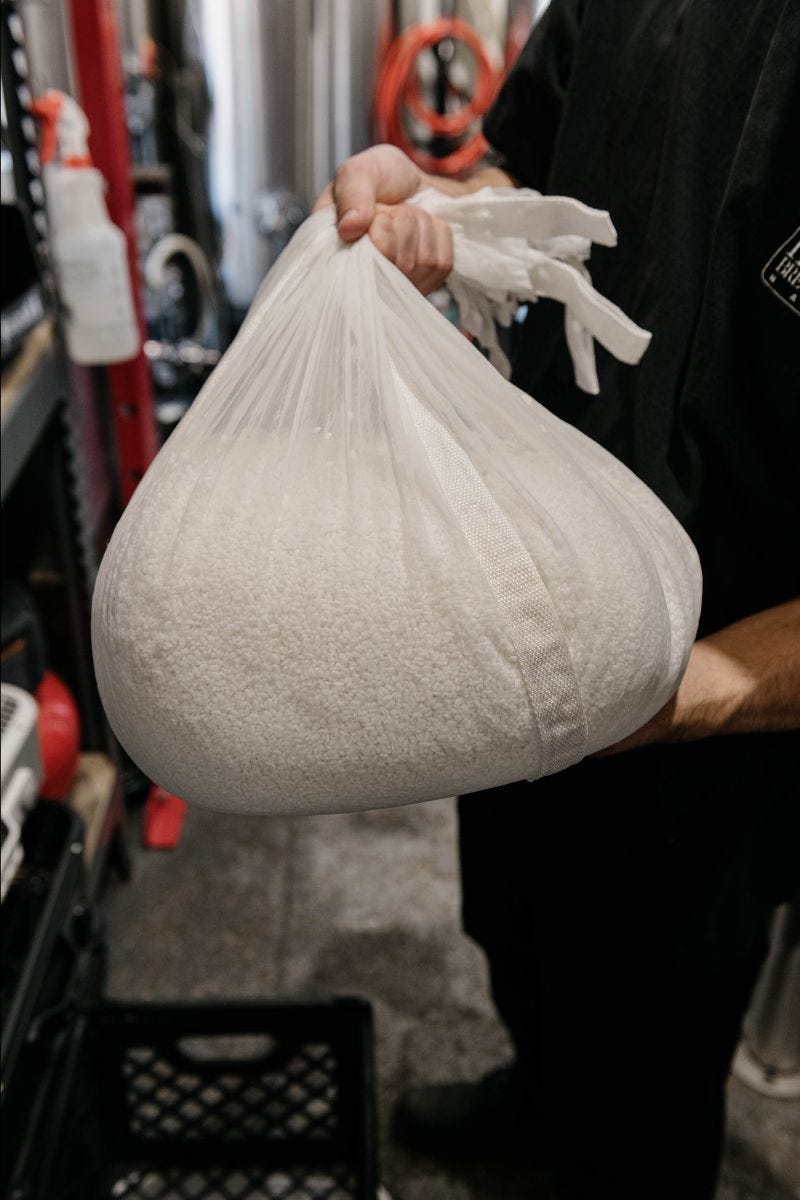


It’s hard as a foreigner to start your own business in the U.S. unless you have status. I was doing this as a hobby, but when I got my green card, my wife was like, “Maybe you should do this as a real thing.” I love Nashville, but the market was too small there — in New York, you have like, 2,300 Japanese restaurants; in Nashville, it was probably 20 to 30. I decided to move to Brooklyn. We opened our space in Bushwick a little more than two years ago, right when the pandemic hit. It was very quiet. In the very early days of the COVID, we got a couple of great wholesale clients; then, people started reopening, so finally, we have customers and we can talk with them. We already maxed out the capacity here — we are at the point that we cannot take any more new wholesale accounts, and we are not using our taproom as a real taproom.
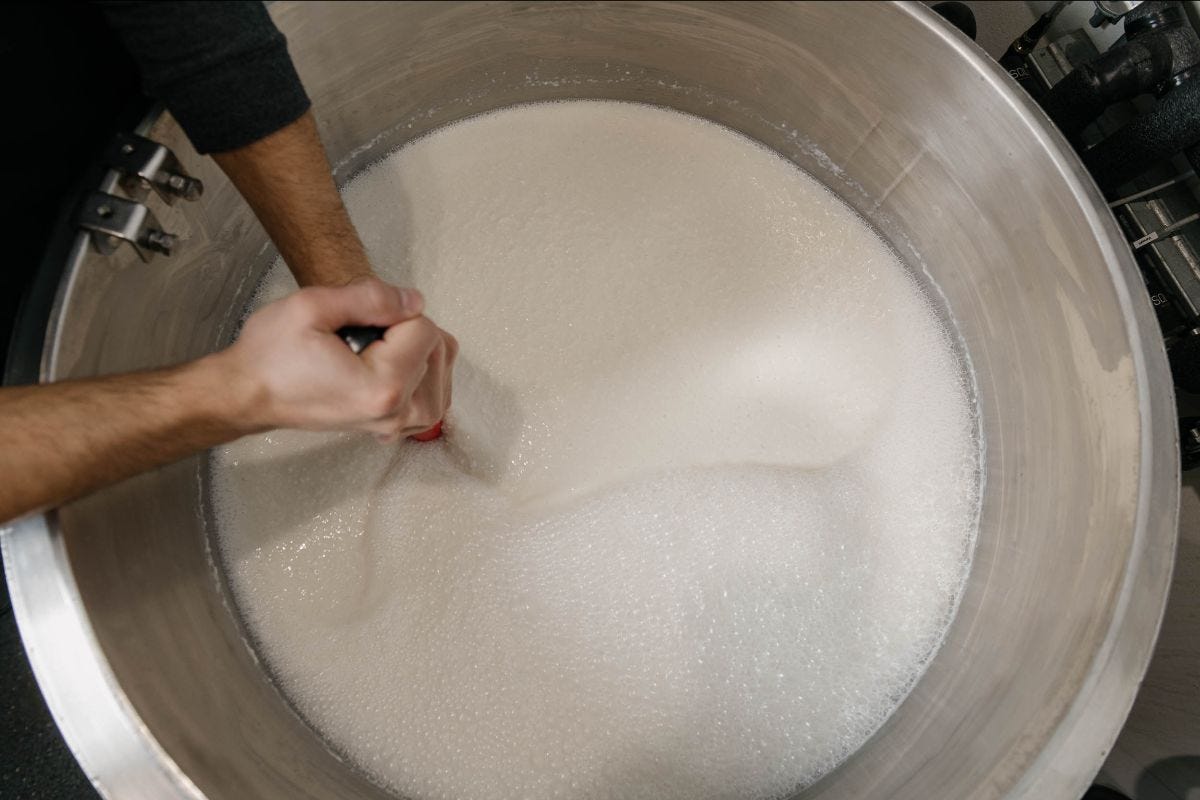

Here in the U.S., either you have cheap happy-hour hot sake, or high-end, high-quality sake. People don’t drink sake that often; they seem to think that sake is something special and you need to know how to drink sake. But I wanted to make sake as casual as a neighborhood beer. My customers are not sake connoisseurs; they’re not Japanophiles. That’s the crowd I wanted to introduce to sake, because that’s how I drank sake back in Tokyo. People come in here and confess, “Hey, I’m sorry, I don’t know much about sake.” I’m like, “You don’t need to know about sake. Just come in and drink. If you like it you like it, and if you don’t you don’t.” Sometimes, we pair sake with random stuff — like Doritos or Slim Jims. Roberta’s has our sake; Van Leeuwen made a vegan ice cream out of our spent rice, a leftover byproduct of the fermentation.
We got a new location — we already signed the lease, and hopefully we’ll start the construction in about a month — and it will be a little bit bigger. Our immediate goal is to open that new location hopefully by the end of the year, so that we have more capacity. I think it will give us enough production size to supply Brooklyn, Queens, Manhattan. We'll have a full taproom, too. That was something that we’re missing here — we wanted to have this space as more of an immersion experience into sake culture. That's our one-year, two-year goal. I don’t know after that; sometimes we get an inquiry from the West Coast. We’re like, “Okay, don’t go too far, we’re not even selling enough in Brooklyn.” On the one hand, yes, it’s quite exciting that people in other regions want to try our sake. But, I think we have unfinished business in New York to convert people to more casual sake drinkers. That’s our mission as a local sake brewery, before we even start thinking about the West Coast, or anywhere else.
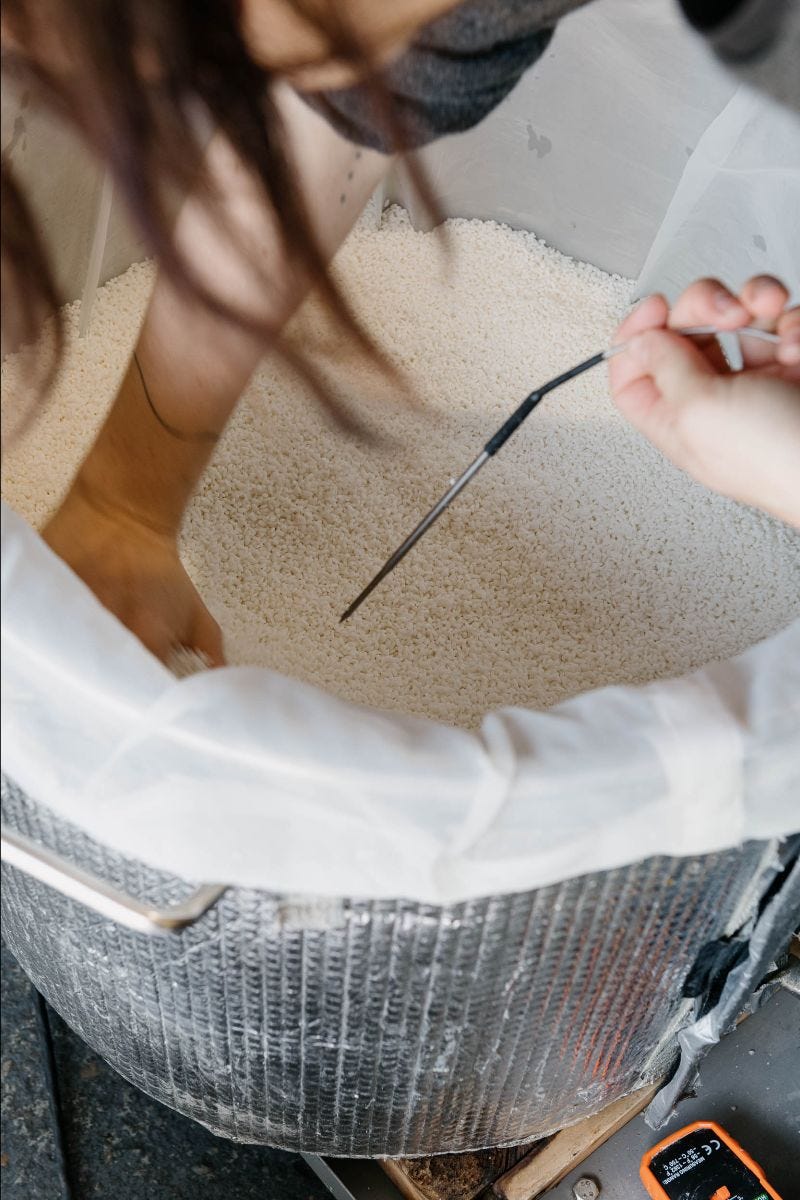
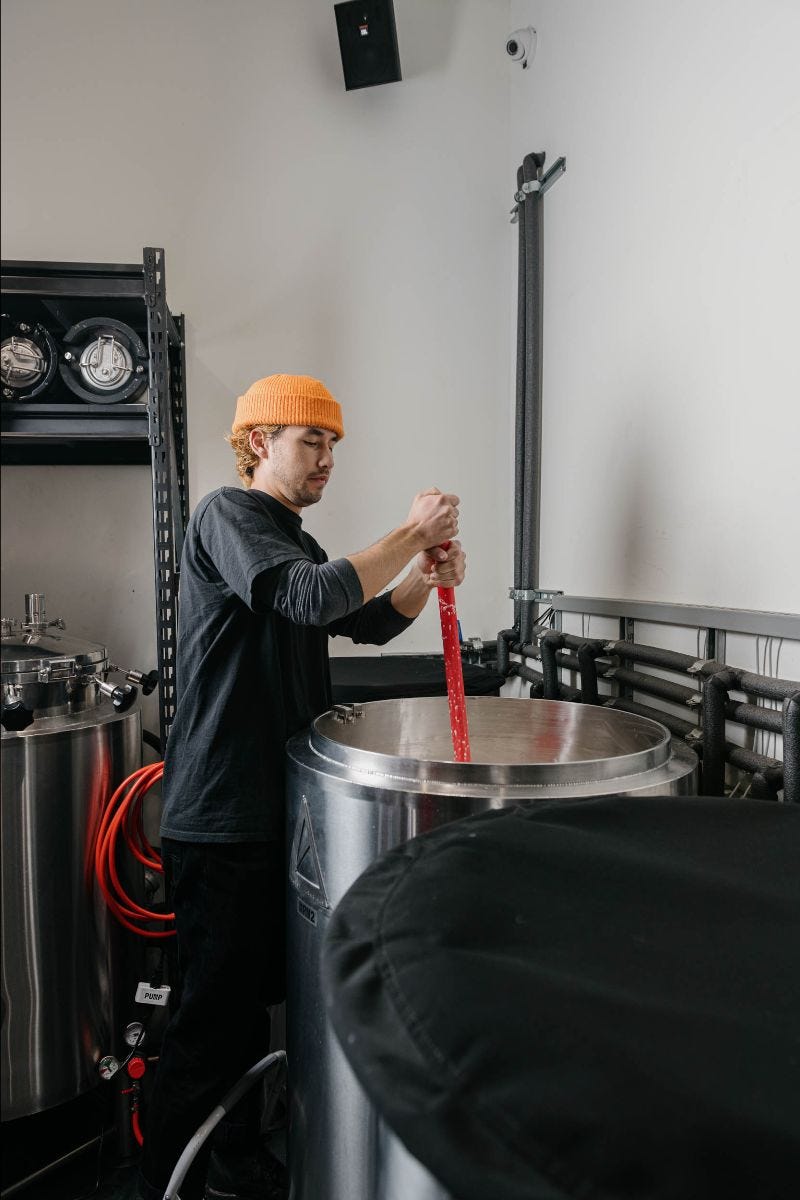
Greatest hit: I think junmai is the most popular. It’s the core, flagship line — simple, crisp, clean, filtered, and off-dry, and maybe a little bit bolder or cooler compared to a ginjo- or daiginjo-style sake, so it can be paired well with louder American food. That's a very popular one at the taproom. Our restaurant customers order nigori sake a lot — a cloudy unfiltered sake. It's not that popular in Japan, but it's quite popular in the U.S. We try to strike the balance between the cloudiness and cleanliness, or like, an easy-to-drink kind of property, so that you can pair it with food.
Most underrated product: We like a sake called kimoto. Kimoto sake is a more traditional fermentation style. Like sourdough bread, we do a sour fermentation first, before the yeast fermentation, so it has more interesting acidity and complexity.
Favorite places to eat and drink in NY: There's a new small sake izakaya like five minutes walk from our brewery called A-un. They sell our sake; they have a really interesting selection of sake with great appetizers and izakaya snacks. These days, I go there once a week, at least. If I want to do a heavy sake night, I usually go to Decibel in the East Village. I go to breweries more often than I should: KCBC; Grimm; Interboro. And it's a small community, so all the brewers know each other. Since sake-making is a little bit closer to beer than wine, we tend to hang out and geek out about fermentation. We will hopefully do our first beer collaboration soon, with a brewery called Daleview.
Food makers to follow: Hana Makgeolli — that's a good friend — and Starrlight Pizza. They make bread; we used to have a booth together at the farmers market. So we had a nice Saturday morning bread and sake brunch together. There’s a cheese cave in Brooklyn, [Crown Finish Caves]; I don't know them personally, but I've been quite curious to visit them.
